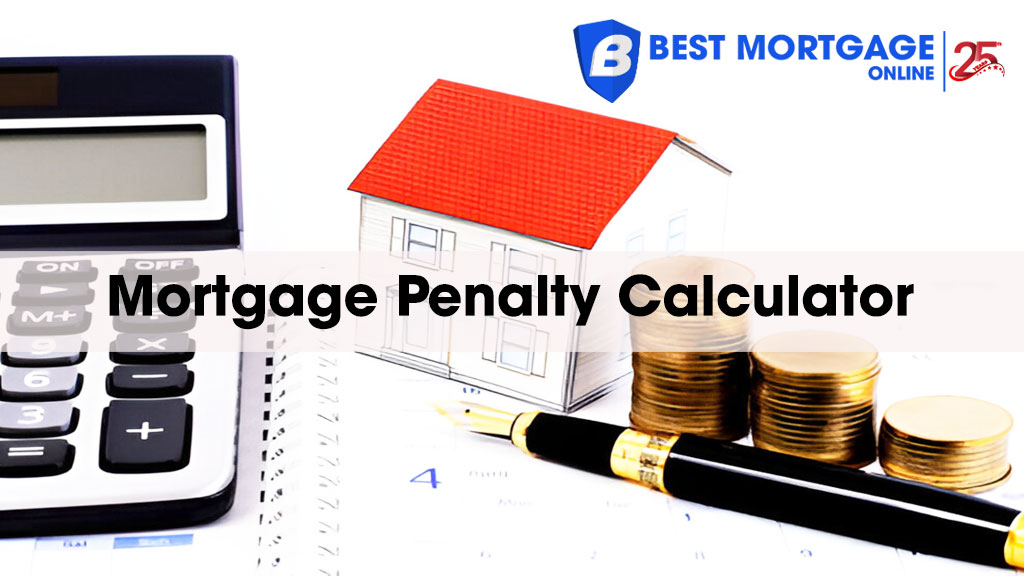When you apply for a mortgage in Canada, one number can make or break your application: the loan-to-value ratio. This simple percentage determines everything from whether you will need mortgage insurance to the interest rates you will be offered. Understanding how to calculate and improve your LTV ratio puts you in control of your mortgage journey.
What is a loan-to-value ratio?
The loan-to-value ratio (LTV) is the percentage of your property’s value that you are borrowing through a mortgage. It influences your borrowing costs, determines your maximum amortization period, and even affects which lenders will consider your application. As you pay down your mortgage or if your property increases in value, your LTV will decline, increasing your equity.
In Canada, your LTV ratio determines whether you fall into insured or uninsured mortgages.
- Insured mortgages: LTV above 80% and require mortgage default insurance.
- Uninsured mortgages: LTV of 80% or less and do not require insurance, though some may still qualify for insured rates if they meet specific criteria.
What is a combined loan-to-value ratio?
A combined loan-to-value ratio (CLTV) accounts for all loans secured against your property, not just your primary mortgage.
The maximum CLTV for most lenders is 80%, but the revolving credit portion (like a HELOC) cannot exceed 65% of your home’s value. It means if you have a mortgage at 50% LTV, you could add a HELOC up to 15% of your home’s value while staying within lending guidelines.
Financial institutions analyze CLTV more carefully than simple LTV because multiple loans increase complexity and risk. Each additional loan against your property must fit within your debt service ratios. Even if your CLTV is within acceptable limits, lenders ensure your income can support all payment obligations. It protects both you and the lender from overextension.

How to calculate the loan-to-value ratio in Canada
Loan-to-value ratio formula:
LTV = (Loan amount / Purchase price or Appraised value) * 100%
Canadian lenders use the lower of the purchase price or appraised value when determining the worth of your property. For existing homeowners looking to refinance or access home equity, the calculation uses your current mortgage balance and your home’s current appraised value.
Suppose you are buying a home in Toronto with a purchase price of $800,000. The bank’s appraisal comes in at $810,000. Since lenders use the lower value, they will calculate based on $800,000. If you have a down payment of $160,000 (20%), your mortgage amount would be $640,000.
Your LTV calculation would be: $640,000 / $800,000 * 100% = 80%.
It is considered a high-ratio mortgage.
How to improve the loan-to-value ratio in Canada
Lowering your loan-to-value ratio can enhance your mortgage terms, reduce borrowing costs, and increase your financial security. Here are six ways to optimize LTV:
Increase your down payment
Consider tapping into the RRSP Home Buyers’ Plan, which allows first-time buyers to withdraw up to $35,000 tax-free from their RRSPs. Couples can access $70,000 combined, potentially dropping their LTV by 10-15% on an average Canadian home.
Buy a lower-priced home
Choosing a more affordable property means your available funds cover a higher percentage of the purchase price. This naturally reduces your LTV without requiring an increase in the absolute amount of your down payment. It can also open up more flexible mortgage products and reduce monthly carrying costs.
Increase the appraised value of your property
This option is more applicable when refinancing or applying for a home equity loan. If your home’s value has appreciated since purchase, a new appraisal could increase the denominator in the LTV formula. For example:
Original mortgage: $320,000, original value: $400,000. LTV is 80%
New appraised value: $450,000. LTV is 71%
However, for new home purchases, lenders use the lower of the purchase price or the appraised value. So this tactic is most useful for refinances or HELOCs.
Avoid borrowing against your home
Using home equity for additional loans or lines of credit increases your total outstanding debt, thereby increasing your Combined Loan-to-Value (CLTV) ratio. While HELOCs are flexible, they raise your credit risk profile, which lenders may consider in future mortgage decisions. To keep your LTV low, avoid adding secondary financing unless necessary.
Accelerate mortgage payments
For existing homeowners, this method lowers your LTV over time. Switching from monthly to bi-weekly payments results in one extra monthly payment per year, reducing your principal faster.
Choose the right market timing
Timing also plays a crucial role in LTV optimization. If you are not in a rush to buy, consider waiting while building a larger down payment. Every additional 5% down payment could save thousands in mortgage insurance premiums.
For those refinancing, monitoring local market conditions helps identify optimal timing. Spring markets typically see higher valuations, which can potentially reduce your LTV for refinancing applications.
Why mortgage lenders assess the LTV ratio
LTV ratio is a key metric in mortgage lending that compares the size of your mortgage to the value of the property being financed. It is used to determine mortgage eligibility, interest rates, and whether you must pay for mortgage default insurance.
If a borrower defaults on a mortgage with 95% LTV, the lender must recover their funds through the property sale. After accounting for legal fees, real estate commissions, and potential market fluctuations, the lender might not recover the full loan amount. So, mortgage lenders use it to assess financial risk and set mortgage terms.
LTV also helps lenders comply with federal regulations. The OSFI sets guidelines requiring Canadian banks to maintain specific capital reserves based on their mortgage portfolio risk.
Loan-to-cost vs loan-to-value: What’s the difference?
Both Loan-to-Cost (LTC) and Loan-to-Value are key financial ratios used by lenders to assess risk. While LTV compares your loan to the property’s current market value, LTC compares your loan to the total project cost.
Here is the table to show how they differ:
| Feature | Loan-to-Value | Loan-to-Cost |
|---|---|---|
| Definition | Ratio of loan amount to appraised or purchase value | Ratio of loan amount to total project cost |
| Used In | Home purchases, mortgage renewals, refinancing | Construction loans, property development |
| Basis of Calculation | The lesser of the appraised value or the purchase price | Total cost of land, permits, materials, and labour |
| Key Use | Assess equity in property and risk for lenders | Evaluate the financing structure for project funding |
| Impact on Borrower | Determines the need for mortgage insurance, rates | Affects how much cash equity the borrower must inject |
| Common Thresholds | 80% or lower to avoid insurance | Often capped at 70%-80% by commercial lenders |
| Property Appraisal | Required to determine the fair market value | May not be needed initially |
| Focus | Property value | Project cost |
FAQs about the loan-to-value ratio
How does the loan-to-value ratio affect the amount I can borrow?
Your loan-to-value ratio directly determines your maximum borrowing capacity for a given property. A lower LTV means more borrower equity, lower risk, and often access to better rates and larger borrowing capacity. Conversely, high LTV limits borrowing unless offset by mortgage insurance.
How do I find out my loan-to-value ratio?
Finding your current loan-to-value ratio requires two pieces of information: your outstanding mortgage balance and your property's current value. Calculate it manually using loan and property values, or ask your lender to provide it. Appraisals, realtor estimates, and bank statements can assist in determining accurate values.
What is a good loan-to-value ratio
A good LTV ratio is one that balances risk for the lender with borrowing flexibility for the homeowner. In Canada, an LTV ratio of 80% or lower is considered optimal.
The bottom line
Your loan-to-value ratio serves as a fundamental metric in Canadian real estate financing. It influences everything from mortgage approval to interest rates. As property values and mortgage balances constantly evolve, regularly monitoring your LTV helps identify opportunities for better financing terms or additional borrowing capacity.



